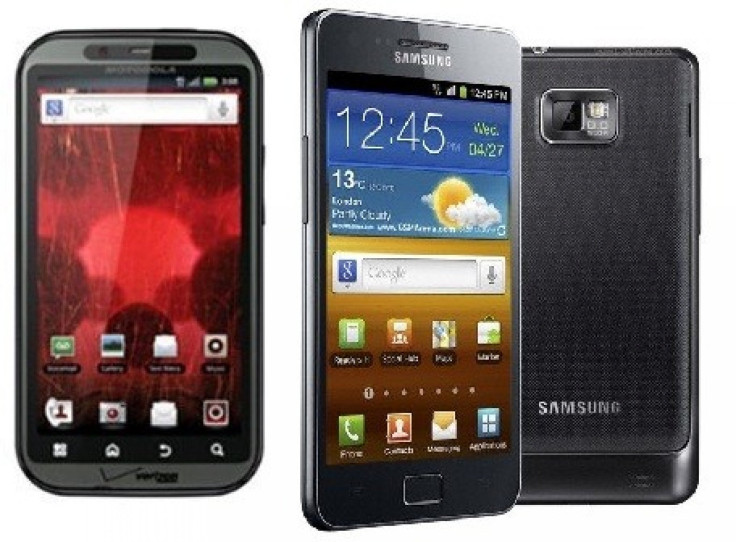Droid Bionic Fails to Shake Samsung Galaxy S2's Roost

Android phones are getting bigger, faster and thinner a fact which is underscored by the host of upcoming devices.
The diminutive 3.5-inch display is passé and the smartphone landscape is awash with phones sporting 4-inch, 4.3-inch, 4.5-inch and 5.3-inch display sizes.
OEMs are differentiating phones on the basis of hardware specifications rather than making substantial changes to the overall ecosystem surrounding the platform.
The upcoming breed of phones flaunt dual-core 1.2 GHz or 1.5GHz processors, bigger screens with higher resolution, 8 megapixel cameras with 1080p video capture capabilities and batteries that return longer talk time. However, the upward trend in specifications raises questions as to whether these factors are enough to sway the customers.
A recent report by J.D. Power and Associates states that the overall satisfaction with smartphones is higher for devices which are of a certain size and weight and have the wherewithal which includes good-quality display, faster processors, long lasting battery and touch screen capabilities.
The report states that customer satisfaction is highest for smartphones that don't weigh more than 5 ounces. Also the customer satisfaction tilts in the favor of thinner phones; i.e, phones that are thinner than 0.45-inch.
In the press release posted on Engadget, J.D. Power and Associates states that customer satisfaction for smartphones is mainly influenced by the following key factors: performance (35 percent); ease of operation (24 percent); features (21 percent); and physical design (20 percent).
Based on the above parameters, Apple ranks the highest among manufacturers of smartphones in customer satisfaction.
In the light of these revelations, Samsung Galaxy S 2 scores over the most recently released Motorola Droid Bionic.
Samsung Galaxy S 2 is 0.33-inch thick while Droid Bionic is 0.45-inch thick, just touching the threshold of thickness beyond which customer satisfaction slides downwards. Galaxy S 2 weighs a mere 4 ounces while Droid Bionic in comparison tips the scale weighing 5.5 ounces.
Also Samsung Galaxy S 2 features a 1.2GHz dual-core chipset in comparison Droid Bionic features a 1 GHz dual-core TI OMAP chipset.
In terms of display, Samsung Galaxy S 2 features a better Super AMOLED 4.3-inch display with 800x480 screen resolution. Droid Bionic also has a 4.3-inch display but with 960x640 screen resolution. However, Droid Bionic's display cannot match the Super AMOLED experience and reviewers have found Bionic's display fuzzy and grainy.
However, Droid Bionic offers a 1700mAh battery while Galaxy S 2 features a 1650 mAh battery.
In other segments both the phones match each other like they both offer 8 megapixel cameras with 1080p video capacity, 16GB internal memory and Android Gingerbread OS.
However, Droid Bionic's build quality is better as it flaunts a metallic body compared to Galaxy S 2's plastic frame.
Applying the J.D. Power and Associates customer satisfaction criteria, Samsung Galaxy S 2 scores over Droid Bionic.
© Copyright IBTimes 2024. All rights reserved.











